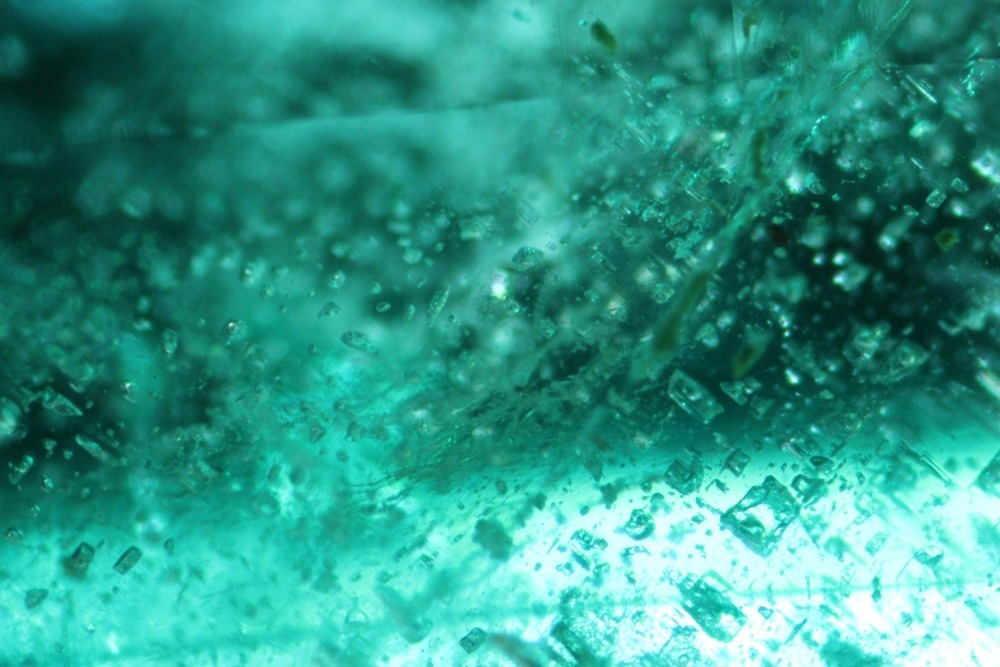In a corrected proof in the journal Materials Today: Proceedings, researchers presented a framework for constructing a one-bit optical comparator using photonic crystal ring resonators for maximum throughput.

Study: Design of ring resonator based comparator using 2-D photonic crystal. Image Credit: Cyrstalusionman/Shutterstock.com
What are Photonic Crystals?
Photonic crystals are optical materials with spatially periodic features. However, scientists argue whether this term should be used since this definition is too general and may not apply in all circumstances. In this study, photonic crystals were defined specifically as a medium that is primarily periodic in two or three spatial dimensions; they exhibit a significant shift in refractive index and at least one condition course similar to the specified wavelength of the light invoking.
Photonic Band Gap (PBG)
The crucial characteristic of photonic crystals is the ability to modulate light on a wavelength scale or even more finely. In a photonic crystal, the dielectric constant that controls photon flow constantly changes. The wavelength range that is not transmittable via the photonic crystal is expressed by the photonic band gap (PBG). These prohibited wavelengths create a band gap comparable to the electrical band gap. This feature makes it possible to develop new functional appliances for various applications.
Properties of Photonic Crystals
Photonic crystals have been studied practically and theoretically for sensing and telecom devices due to their peculiar properties, including control of the group velocity, improved field-matter interaction, and the ability to construct high-Quality factor cavities.
Since the discovery of electronic bandgaps in semiconductors, the study of electronics has greatly impacted the understanding of bandgaps in periodic materials. However, photonic crystals have advanced swiftly in fewer than 20 years since photonic crystals have benefited from several solid-state analytic concepts, including notation and nomenclature.
Advantages of Optical Devices Over Conventional Electrical Components
The limitations of electrical devices may be solved by silicon photonics, which is considered the computing technology of the future. Moreover, quick optical switches and devices like ring resonators provide various benefits over conventional electrical components like resilience to electromagnetic interference, parallel connection, fast speed, larger bandwidth and lower power usage.
Improvements in silicon-on-insulator-based optical devices have led to better quality optical devices with greater quality factors and faster optical switching. These devices are extremely compatible with current complementary metal-oxide-semiconductor (CMOS) manufacturing methods and technologies.
Research Area
The idea of creating and simulating an all-optical magnitude comparator employing two light wavelengths with different or similar amplitude values to represent logic states is described in this study. Due to the device's CMOS compatibility, it may be used for a broad range of tasks, such as creating decision-making and arithmetic building blocks in optical computing, optical logic, and high-speed data processing for low-power and high-frequency applications in field programmable gate arrays (FPGA) and application-specific integrated circuit (ASIC).
Ring Resonator
The ring resonator is essentially made up of a structure in the form of a ring and two waveguides that are spaced apart enough to enable light to couple within the ring. It operates on total internal reflection (TIR) principles and constructive light interference.
Ring Resonator-based Optical Comparator Design and Simulation
The optical comparator made of nonlinear and ring structure waveguides uses four ring resonators instead of the standard OR, NAND, NOR and AND gates. The specifications of conventional comparator topologies have improved over time due to a quicker performance, fewer transistors, and a smaller footprint.
The optical field uses light waves to transmit the data represented as wavelengths, leading to substantially higher channeling rates and decreased timing difficulty in conventional circuits.
An injection is used to replicate the optical comparator design. The inputs' amplitude values correspond to the high and low logic levels represented as 1 and 0, respectively. A Gaussian signal modulates inputs for the ring resonator's straight waveguides. The design is completely optical, and the throughput and dropout wavelength strengths determine whether the output is low or high.
Significant Findings of the Study
The design of a 2D photonic crystal-based, all-optical comparator is discussed in the study. Lumerical software, available commercially, has been used to model the design. The suggested architecture employs four silicon rod waveguide ring resonators on a rectangular substrate. The reason for utilizing the 1.5 μm wavelength instead of 1.3 μm wavelength is due to its lower attenuation.
Compared to previously published work, the comparator ring resonator design yields a better quality factor of 648 for a single ring resonator. Based on the simulation's findings, a two-second propagation time delay is projected. All optical devices have minimal loss and phase noise at short distances and very low power consumption. Ring resonators are one of several photonic devices that have been researched and may serve as the foundation for future photonic integrated circuits.
Reference
Amit Mankotia, Anil Kumar Shukla, Girijesh Narayan Pandey (2022) Design of ring resonator based comparator using 2-D photonic crystal. Materials Today: Proceedings. https://www.sciencedirect.com/science/article/pii/S2214785322053032.
Disclaimer: The views expressed here are those of the author expressed in their private capacity and do not necessarily represent the views of AZoM.com Limited T/A AZoNetwork the owner and operator of this website. This disclaimer forms part of the Terms and conditions of use of this website.